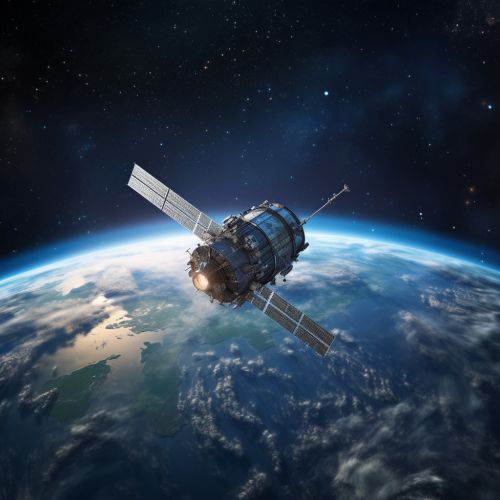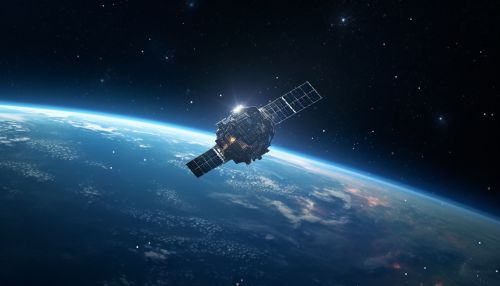Global Positioning Systems (GPS)
Introduction
The Global Positioning System (GPS) is a satellite-based navigation system consisting of a network of satellites placed into orbit by the U.S. Department of Defense. GPS was originally intended for military applications, but in the 1980s, the government made the system available for civilian use. GPS works in any weather conditions, anywhere in the world, 24 hours a day. There are no subscription fees or setup charges to use GPS.


History
The GPS project was launched by the U.S. Department of Defense in 1973, with the first prototype spacecraft launched in 1978 and the full constellation of satellites in operation by 1993. Originally limited to use by the United States military, policy changes over the subsequent decades have allowed the system's use for civilian purposes to flourish.
How GPS Works
GPS satellites circle the earth twice a day in a precise orbit. Each satellite transmits a unique signal and orbital parameters that allow GPS devices to decode and compute the precise location of the satellite. GPS receivers use this information to calculate the user's exact location. Essentially, the GPS receiver compares the time a signal was transmitted by a satellite with the time it was received. The time difference tells the GPS receiver how far away the satellite is. With distance measurements from a few more satellites, the receiver can determine the user's position and display it on the unit's electronic map.
GPS Segments
The GPS operates in three segments: space, control, and user. The space segment is composed of 24 to 32 satellites in medium Earth orbit and also includes the payload adapters to the boosters required to launch them into orbit. The control segment is composed of a master control station, an alternate master control station, and a host of dedicated and shared ground antennas and monitor stations. The user segment is composed of hundreds of thousands of U.S. and allied military users of the secure GPS Precise Positioning Service, and tens of millions of civil, commercial, and scientific users of the Standard Positioning Service.
Applications of GPS
GPS has become a vital global utility, indispensable for modern navigation on land, sea, and air around the world, as well as an important tool for map-making and land surveying. GPS also provides a precise time reference used in many applications including scientific study of earthquakes, and synchronization of telecommunications networks.
Future of GPS
The future of GPS is tied closely to the future of the United States' space policy. The current GPS constellation is aging, and there has been ongoing concern about maintaining the system's reliability and accuracy. However, new modernized satellites are being developed and launched, and future systems may feature even more advanced technology.
